
Foghorn (A Call to Action!)
Flotsam (what we’re obsessed with right now)
- This reports on the activities of the WWF is shocking and damning. WWF Funds Guards Who Have Tortured And Killed People.

- I am always here for deep-sea art.
Over 15 years of ocean science and conservation online

Foghorn (A Call to Action!)
Flotsam (what we’re obsessed with right now)


Foghorn (A Call to Action!)
Flotsam (what we’re obsessed with right now)
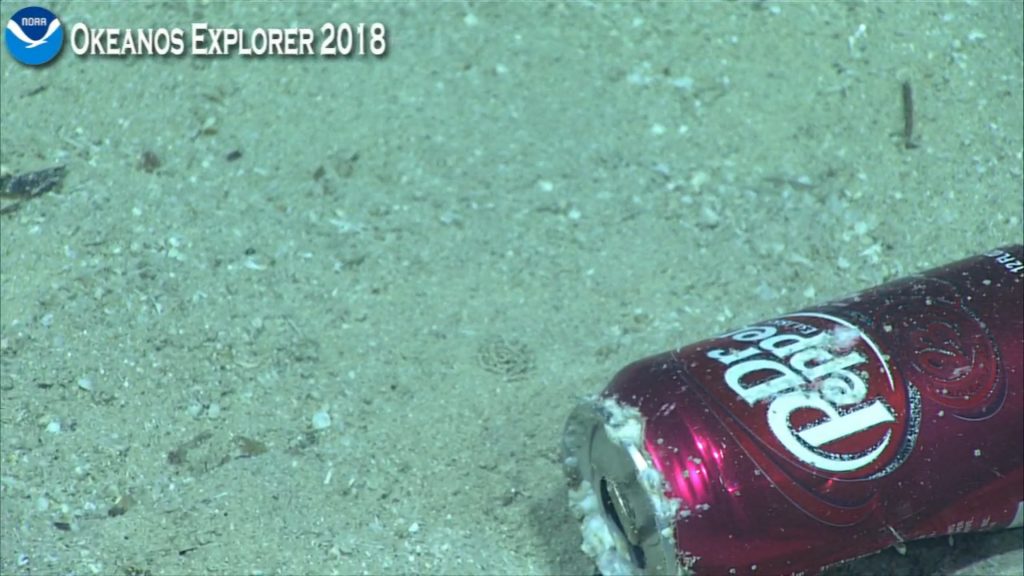
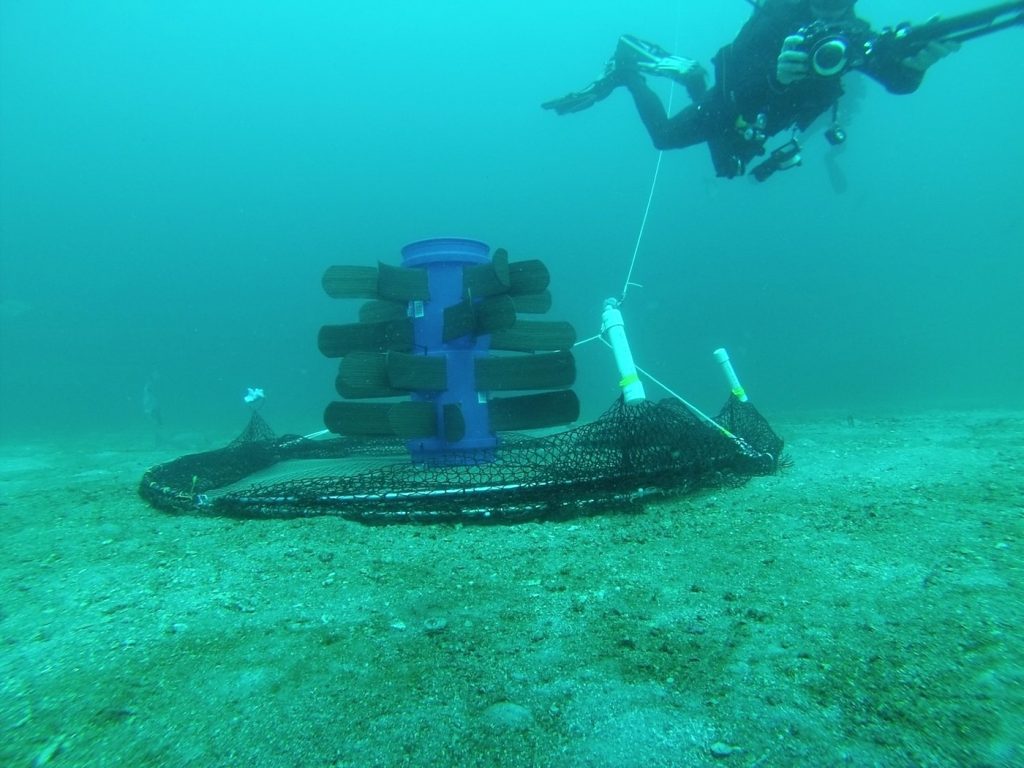
The Levee (A featured project that emerged from Oceandotcomm)
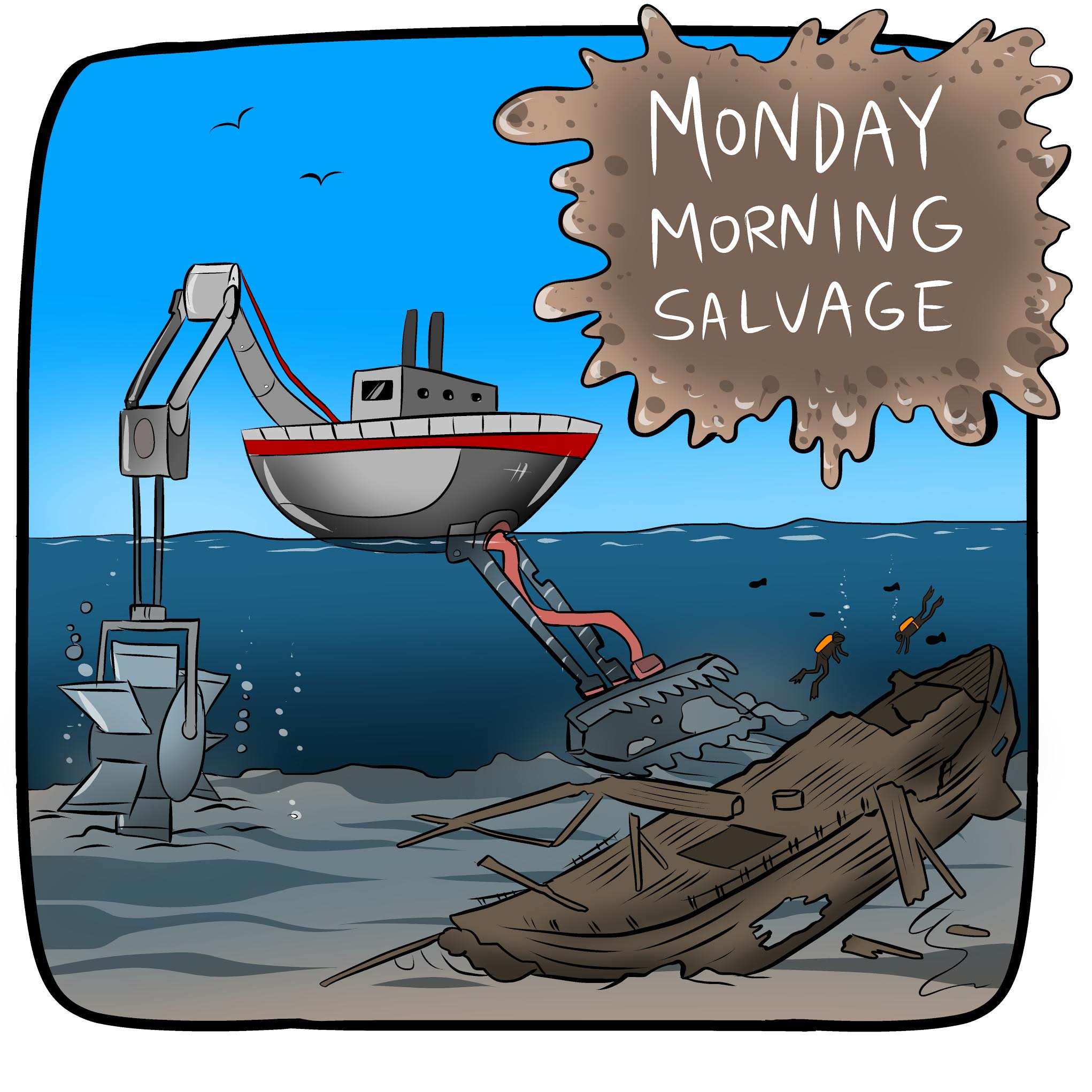
Fog Horn (A Call to Action)
Flotsam (what we’re obsessed with right now)
https://www.youtube.com/watch?v=GSMGKwZBaWM
Fog Horn (A Call to Action)
Flotsam (what we’re obsessed with right now)
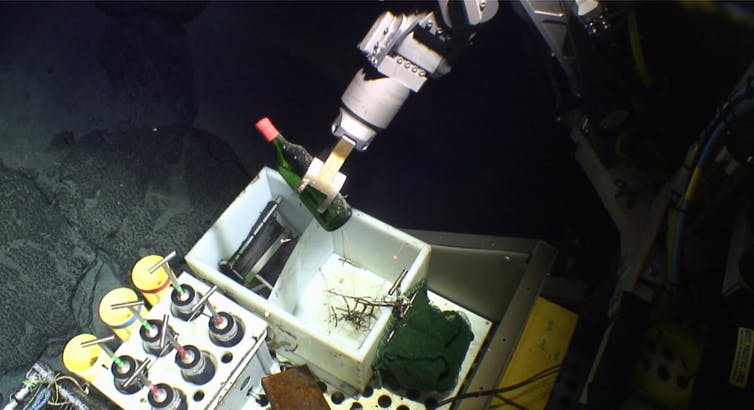
My wife, on the other hand, is a social scientist who works on development here in Mexico. When we first started dating, I used to tease her for being a soft little scientist in her soft little science. I now understand that helping a community pull itself out of poverty is more complex than brain surgery or quantum physics.
There is no magic equation for community organizing but she begins by understanding that “the community” isn’t some monolithic creature that thinks as a unit. There are complex politics and power dynamics at work that can either aid or destroy all her efforts.
I now understand why the vaquita is going extinct. They sent too many people like me into the region and not enough like her.

Fog Horn (A Call to Action)
Flotsam (what we’re obsessed with right now)
Welcome to 2017 and the ninth year of marine science and conservation at Southern Fried Science!
Flotsam (what we’re obsessed with right now)
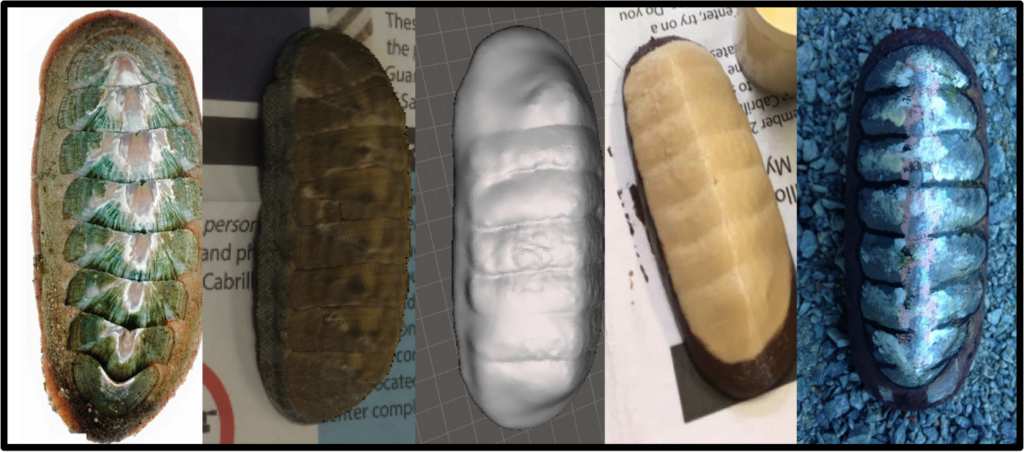
Jetsam (what we’re enjoying from around the web)
Help the Waterfront Partnership of Baltimore Build a new Water Wheel powered trash interceptor in Baltimore’s Canton neighborhood.
Help Fund the Canton Water Wheel.
I love the Baltimore Trashwheel. Let’s build another one.
In all seriousness, if you haven’t heard about the Baltimore Water Wheel, see my first article, or my 1-year recap at Hakai, or my most recent SFS post, or visit Mr. TrashWheel on Twitter. Of all the tech in all the world proposed to clean trash out of our oceans, these water wheels are the only large scale projects that have best tested and vetted against some serious garbage.
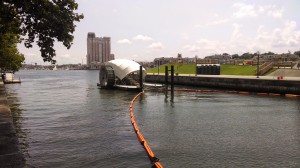
Ocean plastic is bad news. Last week we were learned that not only did every ocean have its own, personal garbage gyre, but that a huge amount of plastic is “missing” from the ocean–that is, it has been incorporated into the ecosystem in ways we don’t yet understand. While there is plenty of misinformation floating around out there about what exactly these garbage patches are (hint: they aren’t solid islands of trash), there is no doubt that they are effecting the global ocean ecosystem in both profound and subtle ways.
Friend of Southern Fried Science and Deep Sea News writer Miriam Goldstein spent her PhD working on the North Pacific Gyre. Her research has revealed invasive pathogenic ciliates living on plastic trash and plastic-eating barnacles floating in the gyre. She also points out one of the biggest problems with trying to clean up these massive, dispersed “garbage patches”:
httpv://www.youtube.com/watch?v=tFSv2eW7g6E
You would almost have to clear-cut the top of the ocean in order to clean up all those little bits of plastic.
There is a sea of theoretical solutions, from dragging nets across the ocean to mooring massive floating arrays, in various states of completeness. Some have been no more than public relation stunts, while others push on despite extensive criticism from oceanographers and other marine experts. Some have promise, other appear to be no more than press releases.
Amid the TED talks, press-pushes, empty promises, and gratuitous publicity stunts, the City of Baltimore quietly built, tested, re-designed, re-built, and deployed a solar-powered, trash-eating, waterwheel-driven garbage scow that’s plying the urban waters of the Chesapeake Bay, pulling tons of trash out of the Inner Harbor every day. Say hello to the Inner Harbor Water Wheel.